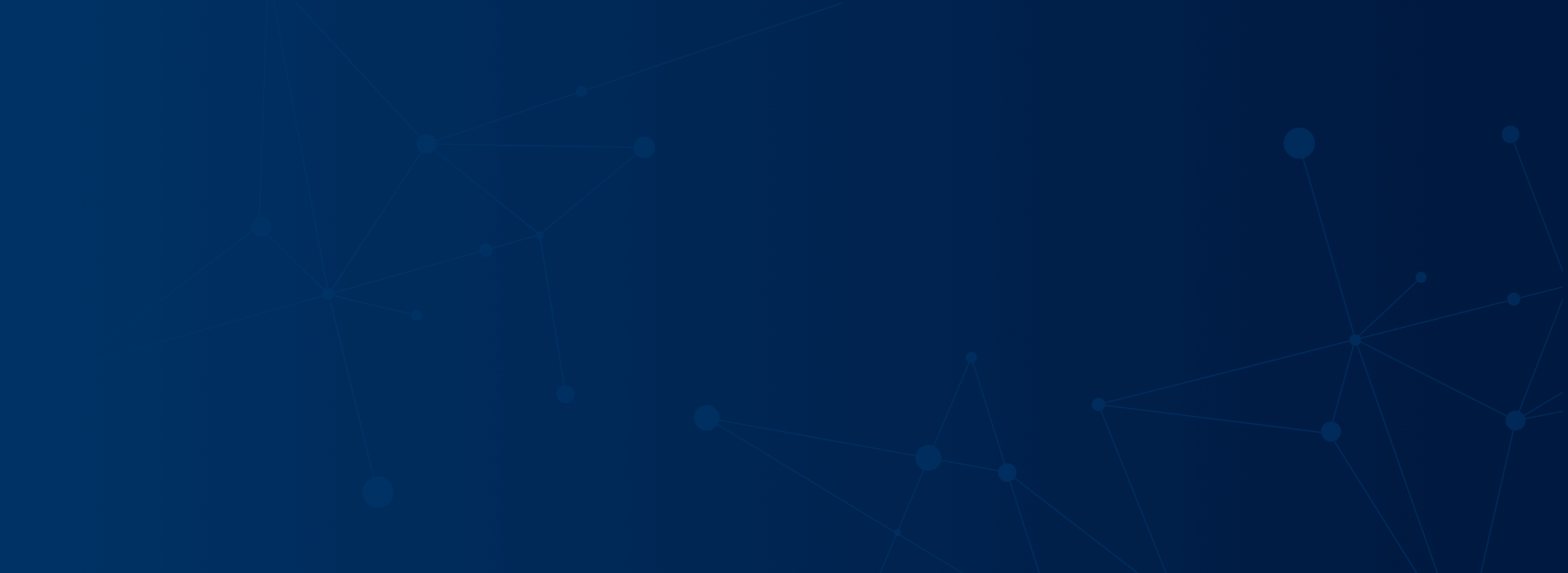
With the advent of computers and the Internet, some may think it has gone away. Still, in the healthcare and life sciences industry, the fax machine is the communication tool for sharing patient information.
When data security is a top concern, why would faxing be a significant mode of communication for this industry which must comply with regulations to secure patient privacy? According to IBM’s annual Cost of a Data Breach report conducted by the Ponemon Institute, data breaches are the most expensive in healthcare compared to all global industries, with costs topping $7.13 million annually, compared to $3.86 million across all sectors. The report also points out that 27% of those breaches were caused by human error. While this study doesn’t point directly to fax machines or any particular channel as the source of the breach, it does shed light on the importance of secure document transmission.
Data breaches are the most expensive in healthcare, with costs topping $7.12 million annually.
Why in the world are fax machines still heavily used in healthcare?
Believe it or not, the digitalization of medical records in the mid-2000s created unforeseen challenges for healthcare and life sciences organizations. Medical offices and hospitals, for instance, eagerly transferred their patient information from paper to electronic records to be more efficient. Still, the problem quickly became evident - these medical systems were disconnected. Sharing the records with other hospitals and offices that didn’t have the same electronic health records software was not possible electronically. The systems housing the patient data did not talk with each other as there was no standardization or familiar interface among EHR systems, and there still isn’t. The siloed information prevents sharing and, thus, impedes patient care.
Just the Fax.
Faxes were then and still are seen as the solution - quick and simple to use with a less cumbersome interface. It simply requires entering a ten-digit number to transmit documents. And it’s faster than the postal service and much more secure. If a patient needs to sign or initial an authorization form, she can immediately fax it back to the other party. Signatures sent via fax are not stored on the network as it works over a phone line. While fax machines can work with the Internet, it mainly works separately from the web. So if the network is down, document transmission can continue.
Perhaps the number one reason for fax transmission is the confirmation page. Once a fax is transmitted, a confirmation message appears with the date and time of transmission and the sender and recipient's fax number. The confirmation page is the equivalent of the post office’s registered mail as it records the other fax receiving it. With this confirmation, the recipient cannot claim he didn’t receive the documents.
For these reasons, fax solutions have a massive user base in business. Many companies are still using it.
But the fax isn’t perfect
While it may seem easy for medical staff to send or receive patient documents manually, it isn’t. Healthcare organizations exchange a high volume of documents daily. This influx of data without a consistent mechanism to navigate it to a central repository can lead to misplaced information, incomplete records, and lost lab and x-ray results. It results in the medical records department sorting incoming faxes for a particular doctor or the staff spending time searching for the documentation, asking patients to retake the lab tests or resend their medical history, or sending re-requests to other providers.
Other issues with the fax solutions:
- Busy signals - The sender must wait until the receiving line opens for the fax to go through successfully.
- Incomplete transmissions - Blurry printouts; half the page is blank or didn’t print.
- The wrong destination - A mistyped fax number will send confidential information to the wrong place.
Digital and analog cause the same issues
Ironically, there are common issues with the lack of interoperability between EMRs and the reliance on fax machines. Both, as illustrated above, have inefficiencies that drive up costs. They frustrate healthcare personnel and professionals who end up spending more time on administrative tasks or transcribing medical records than on the purpose of their profession - patient care. To that point, patients are caught in the middle when they have to receive their records and hand-carry them from one provider to another or when their exam results are unavailable at the appointment time, and they have to retake the lab test or reschedule the appointment.
Physicians should be using their medical expertise to treat patients by either spending more quality time at each visit or by seeing more patients. Patients should be able to manage their health and well-being without the inconvenience of unreliable data sharing.
An integrated fax solution to the rescue
This doesn’t mean fax is obsolete and digital records are inefficient. zPaper provides the bridge to complete a fully integrated fax solution for the healthcare and life sciences industry. Its unified solution streamlines the document exchange, whether documents arrive through physical or digital channels. With swift process automation, we help move documents along their journey with tools that capture, process, and manage patient records and data. Having the patient’s information automatically feed through zPaper’s platform into Salesforce:
- Reduces the chance of the patient’s confidential health history being lost, late, or misfiled
- Complies with HIPAA regulations and adds a level of security to confidential patient data
- Enables better collaboration among providers by streamlining the communication channels by sharing findings
- Strengthens the responsibility of patient care by helping patients access the tools they need
- Helps providers meet their financial and business goals
zPaper helps these organizations immediately streamline today’s patient journeys while preparing them for the future of digital patient acquisition, engagement, and retention. zPaper’s document journey automation solution efficiently connects healthcare and life science organizations.
For more information on how zPaper can give you the ability to receive documents from digital fax, as well as other channels, into a single experience within Salesforce, contact a zPaper sales rep.


_25023494.jpg)










